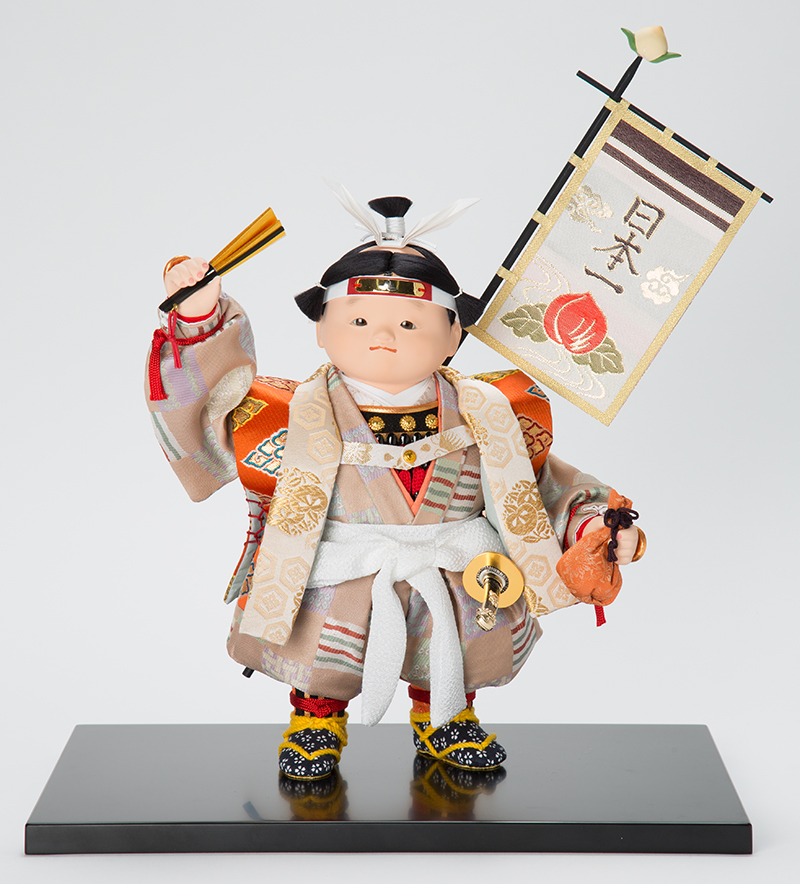
Momotarō by Koikko
The beauty of Japanese dolls by Sam Hollis
Many of us will have thrown our dolls into our toy box for the last time years ago, but in Japan, they mean a little more. NINGYŌ: Art and Beauty of Japanese Dolls offers a comprehensive introduction to the country’s diverse doll culture, appreciating their fine craftsmanship, cultural significance, and aesthetic beauty.
The exhibition is a joint effort between the Embassy of Japan and Massey University College of Creative Arts, where it will be displayed until the 5th of July in cooperation with the Japan Foundation.
Ningyō, which translates to ‘human form’, has a long and varied tradition in Japan, from dress-up dolls beloved as toys to local dolls that reflect the climate and anecdotes from across the country. They are an essential part of many cultural celebrations, including Hinamatsuri, the annual doll day that prays for girls’ happiness, and Kodomo no Hi, Children’s Day.
NINGYŌ: Art and Beauty of Japanese Dolls includes almost 70 dolls collected from a huge selection of artists, offering perspective on the range of styles depicted in the artform. They are divided into four categories: ningyō to pray for children’s growth, ningyō as fine art, ningyō as folk art, and the spread of ningyō culture.
Japan Information and Cultural Centre senior specialist for cultural section Yoshi Shinoda says the dolls are popular worldwide “both for their aesthetic and for the unique culture they represent”.
“These dolls, ningyō, have a power to bridge the differences of race and ethnicity and directly appeal to the child in us and to our fascination with things beautiful and lovely.”
View more articles from:
« Issue 153, July 1, 2021

